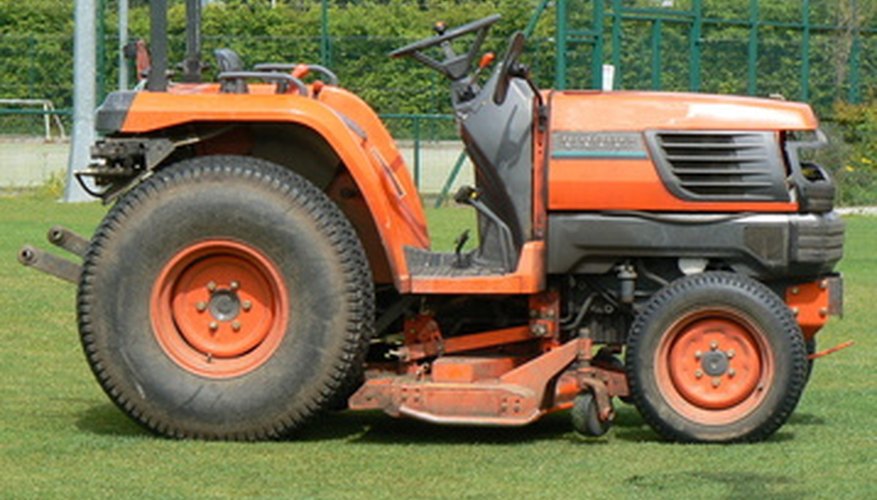Hydrostatic transmission (HST) is a type of continuously variable transmission (CVT) system. Its basic task is taking in rotary power (from a rotating location) from the combustion system and transferring that energy onto a load that has predefined traits. HST systems include a variable displacement pump and a fixed displacement motor connected through a series of hose assemblies. HST regulates factors such as speed, power and torque, and steering direction. A hydrostatic transmission uses hydraulic power. There are several disadvantages to such a system.
Overly Responsive
Vehicles with a hydrostatic transmission have to be driven with extreme care when it comes to acceleration and gears. Light pressure on the pedal can propel the vehicle forward uncontrollably. Even a slight miscalculation can result in the vehicle losing torque and swaying. This makes HST a highly limited choice. It is only used on vehicles such as tractors.
- Vehicles with a hydrostatic transmission have to be driven with extreme care when it comes to acceleration and gears.
- Light pressure on the pedal can propel the vehicle forward uncontrollably.
Inefficient
HST is not known for engine efficiency. According to Fluid Power Journal, its efficiency is 20 per cent lower than sliding gear transmissions. Vehicles with lower efficiency tend to have a reduced lifespan. Lower efficiency means greater load on the engine, higher maintenance costs and more wear and tear. The pump and motor units of hydrostatic transmissions are also prone to frequent damage.
- HST is not known for engine efficiency.
- According to Fluid Power Journal, its efficiency is 20 per cent lower than sliding gear transmissions.
Expensive
HST vehicles are oil guzzlers. When engines are not properly lubricated, maintenance problems can occur, so frequent oil changes are required. This makes vehicles with hydrostatic transmissions expensive to run.
